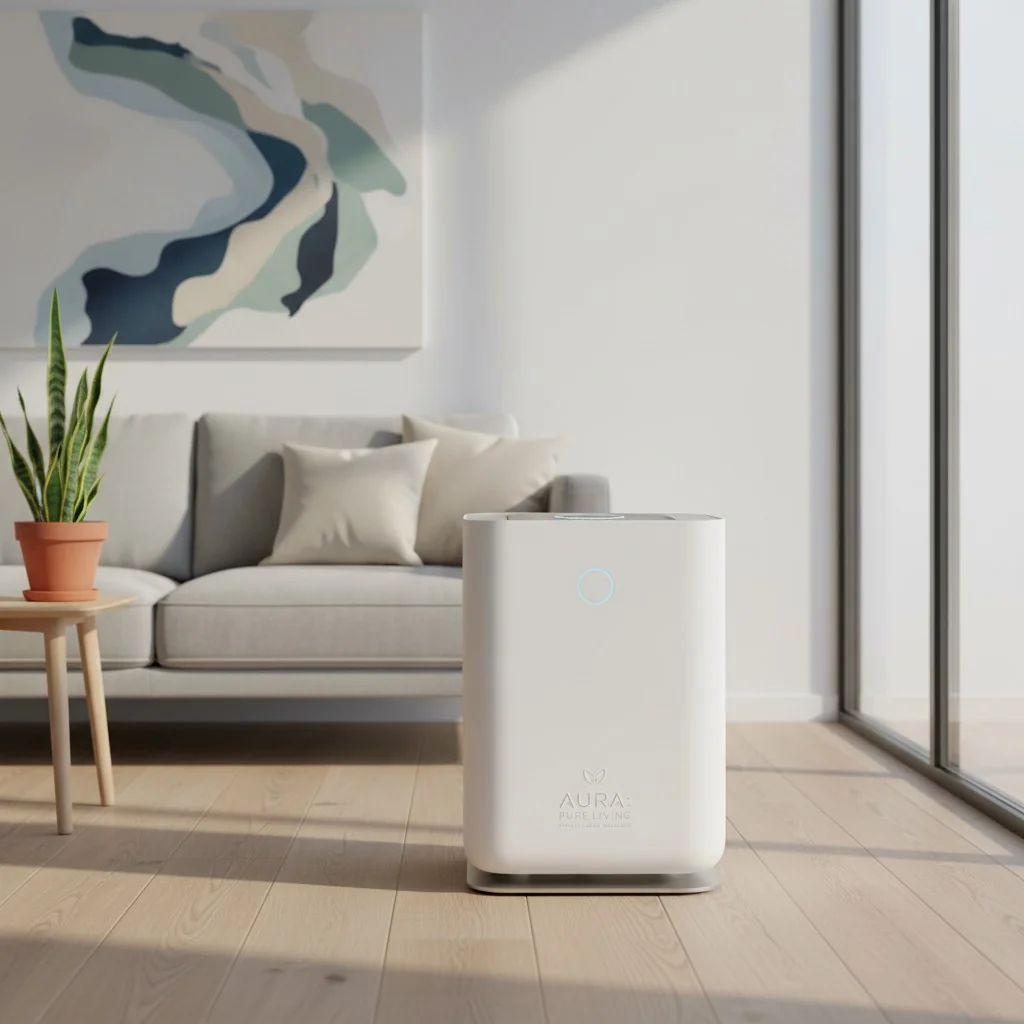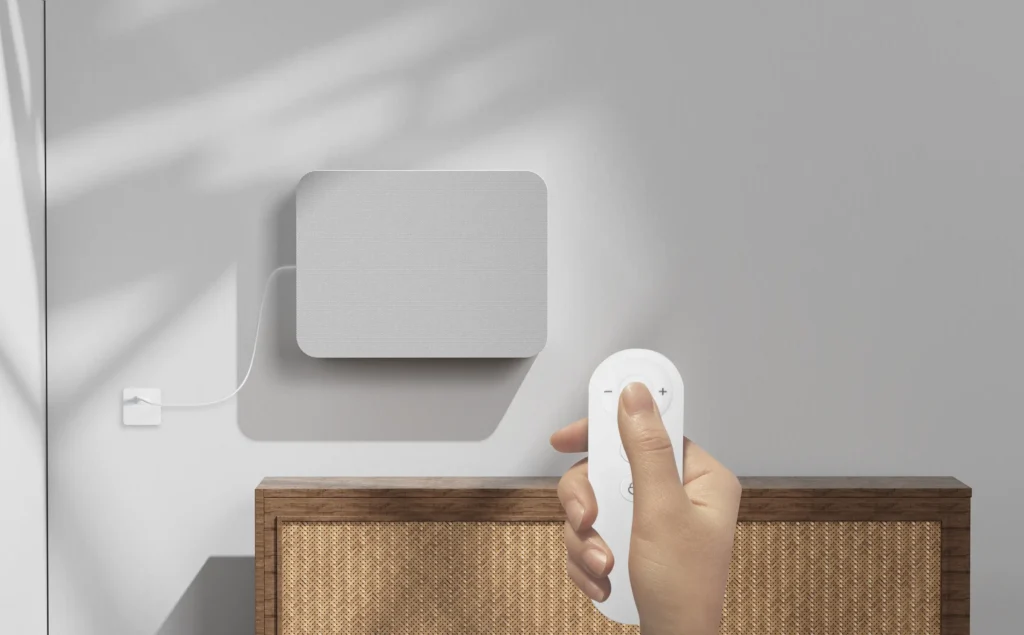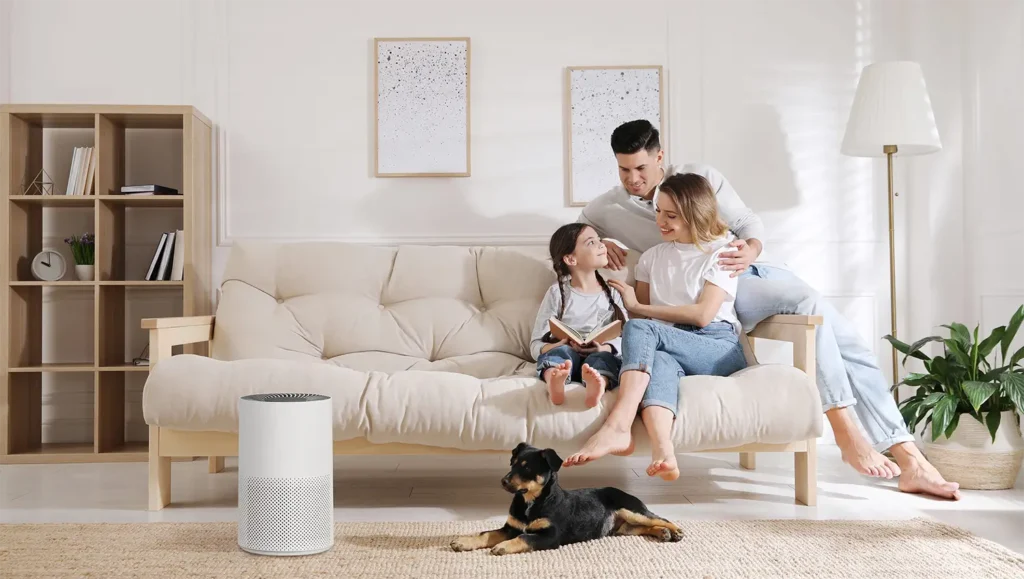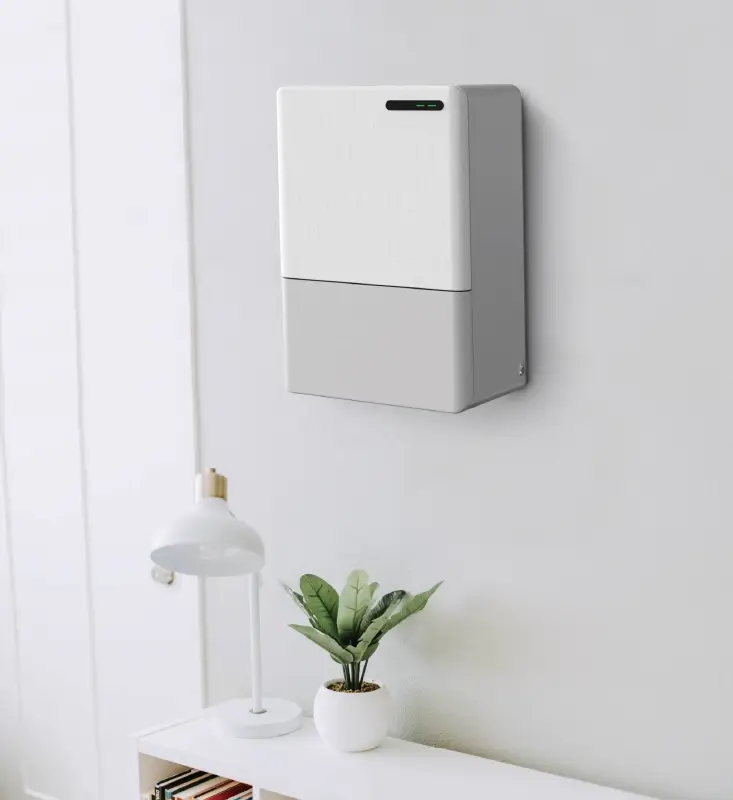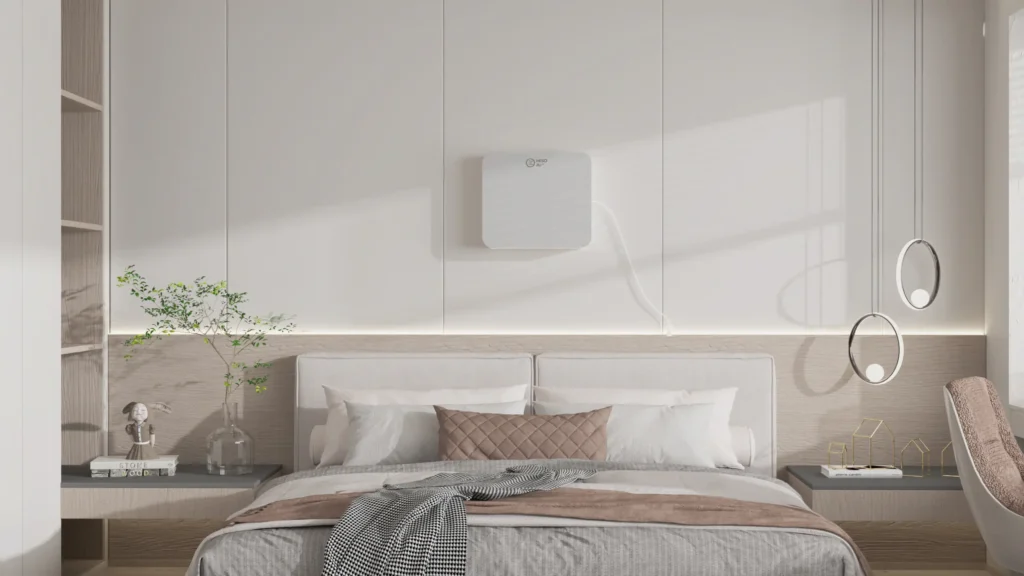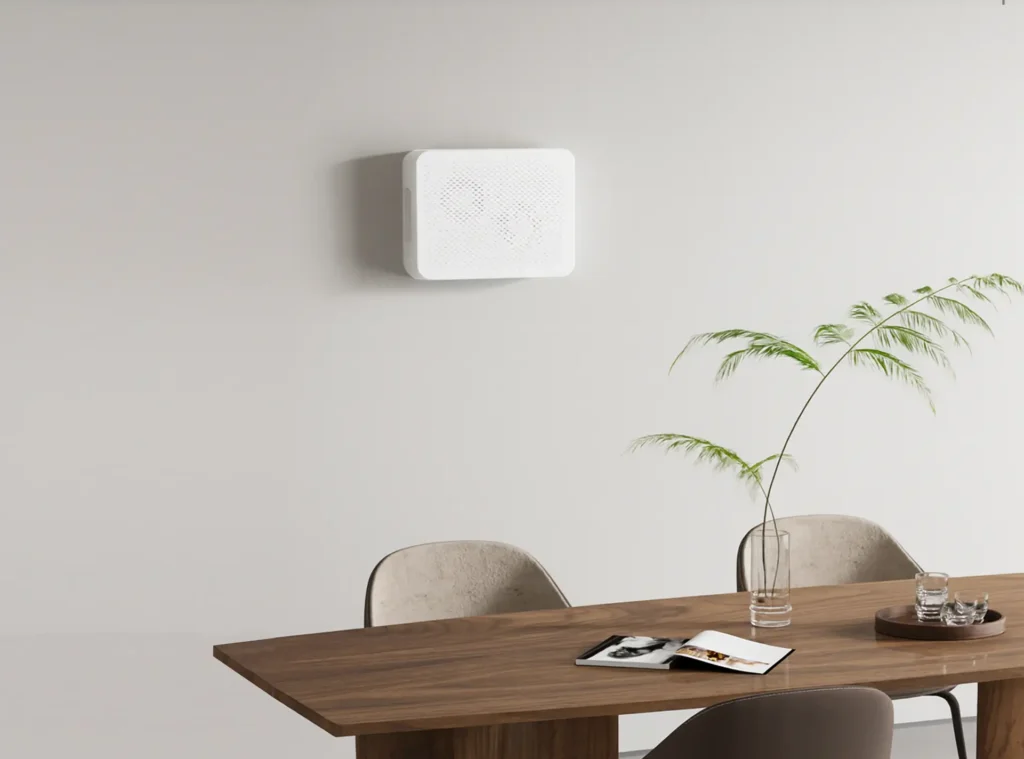In the dynamic world of air purification, understanding a product's true origin is paramount, especially for B2B buyers navigating complex supply chains and brand narratives. As a procurement professional, you're not just buying a product; you're investing in a supply chain, a brand promise, and ultimately, your own reputation. This is particularly true when considering brands like PuroAir, which have carved out a significant presence in the market with a strong emphasis on health and wellness. But beyond the marketing, where are PuroAir air purifiers actually manufactured? This question, seemingly simple, uncovers layers of strategic branding, global manufacturing practices, and crucial considerations for any discerning B2B buyer. We, at HisoAir, understand the nuances of this landscape, operating our own factories across China, Vietnam, and Thailand to deliver high-quality, customizable IAQ products for our global partners. Our aim with this guide is to provide you with the transparency and insights needed to make informed decisions, ensuring your procurement aligns with your business objectives and quality standards.
PuroAir Brand Overview: Crafting an American Image
A. Corporate Identity: The Foundation of the Brand
PuroAir operates under the corporate umbrella of Valla Ventures Inc., a company incorporated on November 2, 2021. Their headquarters are located at 1001 N. Central Ave, Phoenix, AZ 85004. The brand was co-founded by Robby Choueiri (CEO) and Danny Loschiavo. A quick check with the Better Business Bureau (BBB) shows their file was opened on February 15, 2023, indicating a relatively recent establishment in the market. This corporate structure provides the legal and operational framework for PuroAir's market activities, positioning it as an American-based entity.
B. Brand Narrative and Marketing Position: Beyond the Product
PuroAir's marketing strategy heavily emphasizes "American-made" values, health credibility, and scientific backing. They have notably forged partnerships with reputable organizations such as the American Lung Association (ALA), leveraging these collaborations to enhance their brand's perceived authority and trustworthiness in the health and wellness sector. Furthermore, PuroAir cites collaborations with academic and research institutions like MIT’s J-PAL et SleepScore Labs, aiming to imbue their products with a sense of scientific rigor and innovation. This narrative is carefully constructed to appeal to a health-conscious consumer base, suggesting a commitment to air quality research and effective purification solutions. For B2B buyers, understanding this brand narrative is crucial, as it shapes consumer perception and market demand, even if the underlying manufacturing processes are globalized.
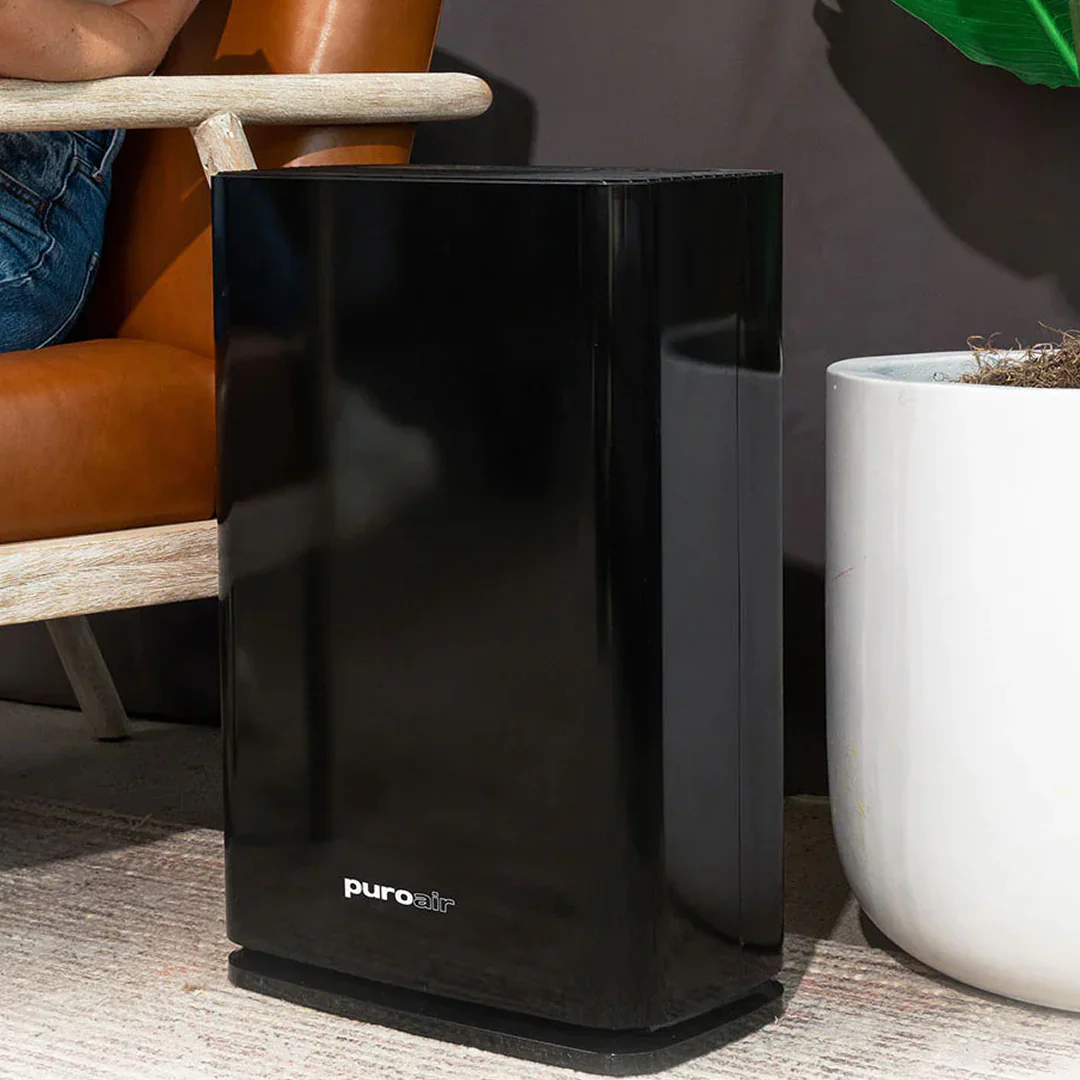
Manufacturing Origin: The Facts Behind the Filters
A. Lack of Transparency on Official Channels: The Unspoken Truth
One of the most striking observations for any B2B buyer conducting due diligence on PuroAir is the conspicuous absence of manufacturing origin information on their official website. Unlike many brands that proudly display "Made in USA" or specify their global production facilities, PuroAir's online presence omits any mention of where their air purifiers are actually produced. There are no "Made in" labels found in product specifications, FAQs, or any other readily accessible information. This lack of transparency, while not uncommon in certain direct-to-consumer (DTC) models, raises immediate questions for B2B entities focused on supply chain integrity and compliance.
B. Verified Country of Origin: The China Connection
Despite the official silence, independent investigations and various market observations consistently point to Chine as the primary country of origin for PuroAir air purifiers. Evidence from diverse sources corroborates this finding: for instance, product listings on platforms like eBay often explicitly state "Made in China" for PuroAir units and their replacement filters [1]. Furthermore, detailed reviews from reputable consumer product analysis sites, such as HouseFresh, have also cited China as the manufacturing location, based on product labeling and internal components [2]. This consistent corroboration across multiple independent channels provides a clear answer to the manufacturing origin question.
C. White-Label & OEM Evidence: The Business Model Revealed
The manufacturing reality of PuroAir aligns closely with a prevalent business model in the consumer electronics industry: Original Equipment Manufacturer (OEM) and white-labeling. This means that while PuroAir designs, markets, and distributes the products under its own brand, the physical manufacturing is outsourced to third-party factories. User discussions on forums like Reddit frequently highlight instances where PuroAir units appear to be rebranded versions of generic Chinese products, with only minor cosmetic differences [3].
Further supporting this, B2B sourcing platforms such as Alibaba and Made-in-China feature numerous listings for replacement filters and components that are explicitly compatible with PuroAir units, often offered by Chinese manufacturers. This direct availability of compatible parts from Chinese suppliers strongly suggests deep sourcing ties to Chinese OEM factories. For B2B buyers, this implies that PuroAir is primarily a brand and marketing company, rather than a vertically integrated manufacturer. Understanding this distinction is vital for assessing true production capabilities, scalability, and potential supply chain risks.
Brand Identity vs. Manufacturing Reality: The Strategic Disconnect
A. The "American Shield" Strategy: Building Trust Through Association
PuroAir has masterfully crafted a brand image that resonates deeply with American consumers, leveraging what we term the "American Shield" strategy. By establishing U.S. headquarters, employing American founders, and maintaining a U.S.-based customer support team, they cultivate a strong domestic presence. This operational setup creates a perception of a homegrown American company, fostering trust and familiarity among consumers. The partnership with the American Lung Association is a cornerstone of this strategy, serving as a powerful tool for credibility through cause marketing. This association allows PuroAir to align itself with a respected health organization, implicitly suggesting that their products meet high standards for air quality and public health. The deliberate omission of manufacturing origin from their public-facing materials further enables this strategic brand ambiguity, allowing the brand narrative to take precedence over the geographical realities of production. For B2B partners, recognizing this strategic framing is essential to understanding consumer appeal and market positioning.
B. Market Positioning Through National Identity: A Tale of Two Origins
PuroAir's marketing efforts skillfully evoke a sense of American innovation and quality, positioning their products within a narrative of domestic excellence. However, as established, the physical production is offshore, primarily in China. This creates a fascinating dichotomy between the brand's perceived national identity and its actual global supply chain. This approach stands in stark contrast to brands that explicitly promote "Made in USA", such as Austin Air, which manufactures all its devices at its facility in Buffalo, New York [4]. For B2B buyers, this distinction is critical. While PuroAir benefits from the positive associations of an American brand, its reliance on overseas manufacturing means different considerations for supply chain resilience, ethical sourcing, and potential tariff impacts. Understanding this dual reality allows B2B buyers to accurately assess the value proposition and potential risks associated with partnering with such a brand.
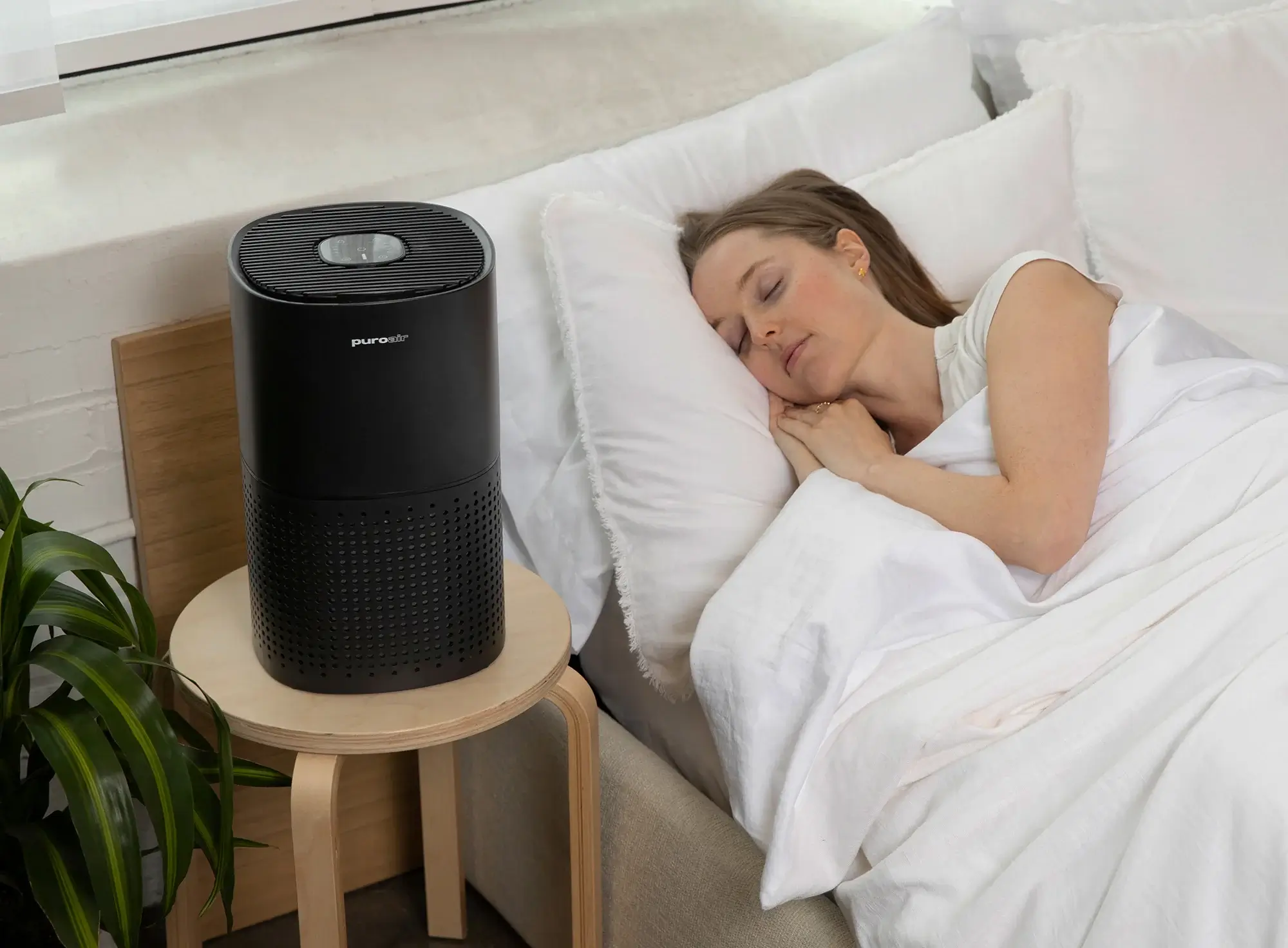
Product Strategy and Business Model Analysis: The DTC and Subscription Play
A. White-Label DTC Model Breakdown: A Strategic Blueprint
PuroAir’s business model is a classic example of a direct-to-consumer (DTC) strategy built upon a white-label foundation. This model is characterized by several key components:
- Sourcing: As discussed, the core air purification units are sourced through OEM production in China. This allows PuroAir to leverage established manufacturing capabilities and potentially lower production costs without the overhead of owning and operating factories.
- Branding: The generic OEM products are then repackaged with custom logos, names, and packaging that align with the PuroAir brand identity. This transformation from a generic product to a branded offering is central to the white-label approach.
- Marketing: PuroAir invests heavily in a strong narrative, emphasizing scientific endorsements, health benefits, and strategic partnerships (like with the ALA). This marketing effort is designed to create perceived value and differentiate their product in a crowded market.
- Pricing: Despite the OEM sourcing, PuroAir positions its products at a premium price point. This premium is justified not necessarily by groundbreaking product innovation or proprietary technology, but by the brand itself, its marketing narrative, and the perceived health benefits it promises.
- Sales: The primary sales channels are DTC platforms such as Amazon, their official website (getpuroair.com), and Walmart. This direct approach allows PuroAir to control the customer experience, gather direct feedback, and avoid traditional retail markups.
For B2B buyers, understanding this model is crucial. It highlights that your partnership would be with a marketing and distribution powerhouse, not a manufacturing entity. This can offer advantages in terms of brand recognition and established market presence, but also necessitates a clear understanding of the underlying product origins and cost structures.
B. Subscription-Driven Revenue: The Razor-and-Blade Model
A significant aspect of PuroAir’s revenue strategy is its implementation of a subscription-driven model, particularly for replacement filters. This is a classic "razor-and-blade" strategy, where the initial purchase of the air purifier (the "razor") is complemented by recurring sales of consumable filters (the "blades").
PuroAir’s "Lifetime Warranty" is a key enabler of this model. The warranty is explicitly stated to be valid only if the customer enrolls in a filter subscription [5]. Filters are typically recommended for replacement every 3 months, creating a consistent, predictable stream of recurring revenue. This strategy effectively discourages the use of generic third-party filters, as doing so would void the warranty and potentially compromise the long-term value proposition for the consumer. For B2B partners, this presents a clear opportunity for recurring revenue streams through filter distribution, but also requires careful consideration of inventory management and customer retention strategies related to these subscriptions.
Competitive Landscape: Benchmarking Against the Market
For B2B buyers like Marshal Steriol, who prioritize quality, performance, and aesthetics while sourcing from developing countries, understanding the competitive landscape is paramount. It’s not just about what PuroAir offers, but how it stacks up against other players in terms of manufacturing, business model, and ultimately, product efficacy. Here’s a comparative overview of key air purifier brands:
| Marque | HQ Location | Fabrication | Model Type |
|---|---|---|---|
| PuroAir | Phoenix, AZ | Chine | DTC, OEM/White-label + subscription model |
| Levoit | Anaheim, CA | Chine | Mass-market brand, aggressive pricing |
| Coway | Séoul, Corée du Sud | S. Korea & China | OEM + In-house R&D, global brand |
| Austin Air | Buffalo, NY | ÉTATS-UNIS | Fully domestic, premium "Made in USA" focus |
A. Performance vs. Price: A Critical Evaluation
While PuroAir positions itself as a premium brand, independent testing reveals a critical aspect for B2B buyers: performance. For instance, the Levoit Vital 200S, a competitor often priced more aggressively, was able to clear a room in 23 minutes during independent tests. In contrast, the more expensive PuroAir 400 took 30 minutes to achieve similar results [6]. This suggests less efficient performance at a higher price point, a crucial consideration for buyers focused on delivering optimal value to their end-users or clients. For Marshal, who is sensitive to quality and performance, this data point is highly relevant. It underscores the importance of looking beyond marketing claims and delving into actual product performance metrics.
B. Strategic Sourcing and Brand Positioning
This competitive analysis highlights diverse strategies in the air purification market. Brands like Austin Air leverage their "Made in USA" status as a core differentiator, appealing to a specific segment of the market that values domestic production and often commands a premium. Levoit, on the other hand, competes on aggressive pricing and mass-market appeal, relying on efficient Chinese manufacturing to achieve cost advantages. Coway, a global brand, combines OEM production with in-house R&D, allowing for a blend of cost-effectiveness and technological innovation.
PuroAir’s position within this landscape is unique. It combines an American brand identity with Chinese manufacturing, aiming to capture the best of both worlds: the perceived quality and trust of a U.S. brand, coupled with the cost efficiencies of overseas production. For B2B buyers, this means evaluating whether the brand equity and marketing strength of PuroAir justify its pricing and performance relative to other OEM or fully domestic alternatives. It also emphasizes the need for a supplier like HisoAir, who can offer transparent sourcing, high-performance products, and strong design aesthetics, directly addressing the pain points of buyers like Marshal Steriol.
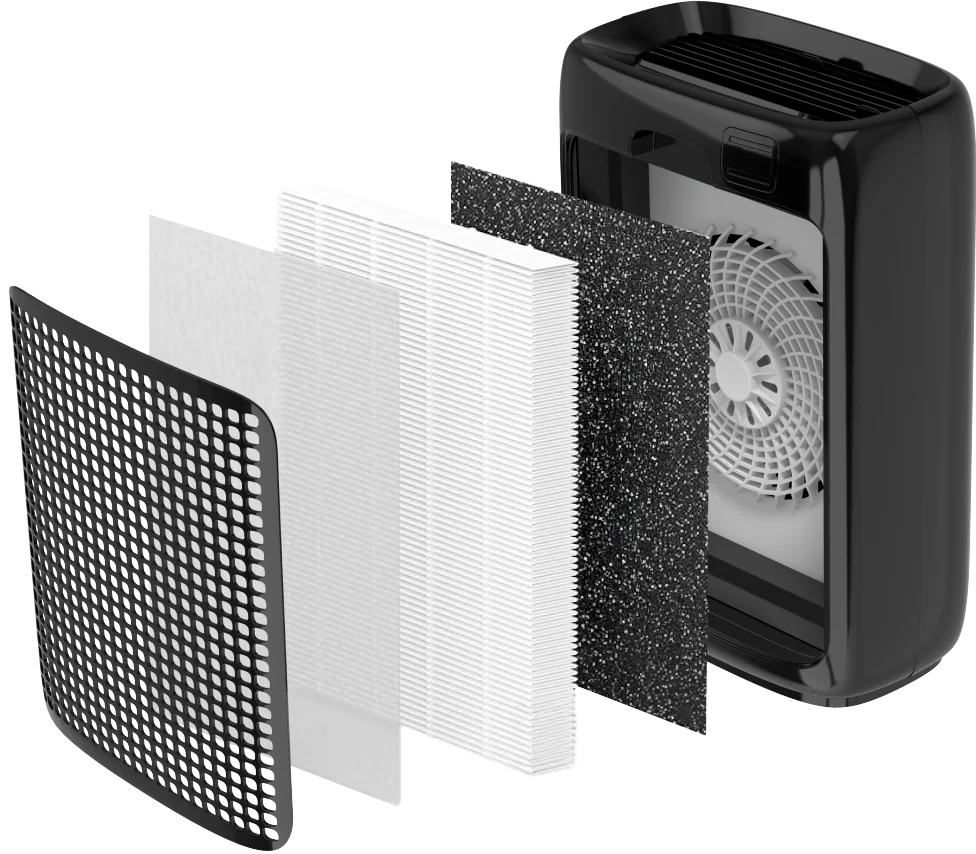
For B2B buyers, particularly those like Marshal Steriol who are seeking high-quality, aesthetically pleasing, and innovative IAQ products for wholesale and rebranding, the insights into PuroAir’s manufacturing and business model carry significant strategic implications. Understanding these nuances is key to making informed procurement decisions that align with your business objectives, profit models, and customer expectations.
A. PuroAir: A Brand and Marketing Powerhouse, Not a Manufacturer
The most critical takeaway for B2B buyers is to recognize that PuroAir is fundamentally a brand and marketing company, not a traditional manufacturer. While they excel at brand building, consumer engagement, and direct-to-consumer sales, their core competency does not lie in the physical production of air purifiers. This distinction is vital because it shapes the value proposition for potential partners:
- Brand Equity in U.S. Markets: For wholesalers or distributors looking to tap into the American market, PuroAir offers established brand equity. Their successful marketing campaigns, partnerships with organizations like the ALA, and strong consumer narrative mean that the brand already has a degree of recognition and trust among U.S. consumers. This can reduce the marketing burden for B2B partners who can leverage PuroAir’s existing brand presence.
- Existing DTC Traction: PuroAir’s robust direct-to-consumer sales channels (Amazon, Walmart, their own website) demonstrate proven market traction. For B2B buyers, this signifies a product with established demand and a customer base, potentially easing market entry or expansion efforts.
- Recurring Revenue Opportunity via Filters: The subscription-based filter model presents a significant recurring revenue opportunity. For distributors, this means not just a one-time sale of the unit, but a continuous stream of income from filter replacements. This can be a highly attractive profit model, especially for businesses focused on long-term customer value.
B. Supply Chain Transparency and Ethical Considerations
While the white-label model offers flexibility and cost advantages, the lack of explicit supply chain transparency from PuroAir can be a concern, particularly for B2B buyers operating in government, healthcare, or other regulated sectors. In these environments, detailed knowledge of manufacturing processes, labor practices, and environmental compliance is often required. The reliance on overseas OEM production, without clear disclosure, might raise questions about:
- Contrôle de la qualité: While OEM factories can produce high-quality goods, the level of direct oversight and quality assurance from the brand itself can vary. For buyers like Marshal, who prioritize quality control, this necessitates a deeper dive into the OEM’s certifications and practices.
- Ethical Sourcing: Concerns about labor conditions, environmental impact, and material sourcing are increasingly important for corporate social responsibility. A lack of transparency can make it challenging for B2B partners to verify ethical sourcing practices within PuroAir’s supply chain.
- Conformité réglementaire: Different countries and industries have varying regulations regarding product origin, safety standards, and labeling. B2B buyers must ensure that any product they distribute, regardless of its brand, meets all relevant compliance requirements in their target markets.
C. Performance vs. Cost: A Strategic Evaluation for Procurement
For B2B buyers, the decision to partner with a brand like PuroAir must involve a rigorous evaluation of performance versus cost when compared against other OEM or domestic alternatives. As seen in the competitive analysis, a higher price point does not always equate to superior performance. Buyers should consider:
- Actual Efficacy: Beyond marketing claims, what are the independent test results for air purification efficiency (CADR ratings, particle removal rates)? For Marshal, who values high performance, this data is crucial.
- Total Cost of Ownership (TCO): This includes not just the unit’s purchase price, but also the cost of replacement filters over its lifespan, energy consumption, and potential maintenance. The subscription filter model, while offering recurring revenue, also adds to the TCO for the end-user.
- Customization and Differentiation: For businesses like HisoAir, which specialize in customizing IAQ products and ODM development, the ability to differentiate is key. Can PuroAir’s OEM partners offer the level of customization in design aesthetics, features, and performance that your target market demands? Or would sourcing directly from an OEM, as HisoAir does, provide greater flexibility and control over product features and cost?
In essence, B2B buyers must look beyond the glossy marketing and assess PuroAir as a strategic partner based on its operational realities. This involves weighing the benefits of leveraging an established brand against the need for supply chain transparency, performance efficiency, and alignment with your own business model and customer persona. For those seeking to offer innovative, high-performance, and aesthetically pleasing products with transparent sourcing, exploring direct OEM partnerships, as HisoAir exemplifies, might offer a more tailored and profitable path.
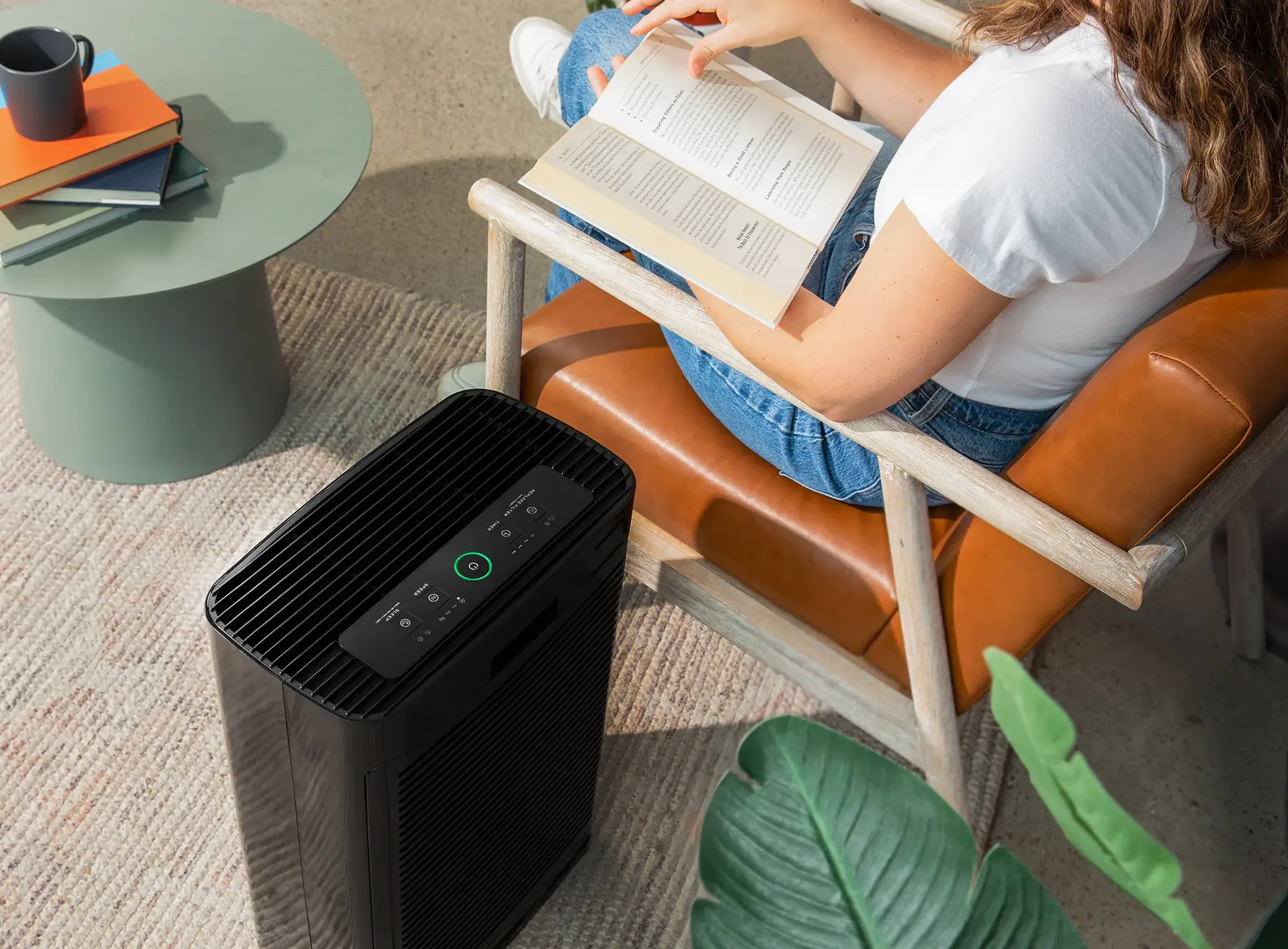
Conclusion: What “Made in” Means for Procurement Decisions
In the complex landscape of global manufacturing and brand marketing, the question of "Where PuroAir air purifiers are manufactured?" reveals more than just a geographical location. It uncovers a sophisticated business model where PuroAir functions as an American brand, leveraging Chinese-made hardware. This distinction is crucial for B2B buyers, as it redefines what "Made in" truly signifies in the context of modern procurement.
PuroAir’s success is built not on vertical integration or proprietary manufacturing, but on a powerful combination of strategic marketing, a robust direct-to-consumer (DTC) loyalty program, and a deep understanding of consumer psychology. They have effectively created a brand narrative that resonates with health-conscious consumers, emphasizing American values and scientific credibility, while outsourcing the physical production to efficient overseas facilities. This allows them to focus on brand building, customer acquisition, and recurring revenue streams through their filter subscription model.
For B2B buyers, this means that when evaluating PuroAir, the focus should shift from solely hardware innovation to a broader assessment of the brand’s ecosystem. Buyers must weigh the benefits of PuroAir’s established branding, customer service infrastructure, and filter ecosystem against the actual performance and cost-effectiveness of the underlying hardware. It’s a decision that balances the tangible product with the intangible value of brand perception and market reach. Understanding this nuanced relationship between brand and manufacturing is key to making procurement decisions that are both strategically sound and financially viable.


